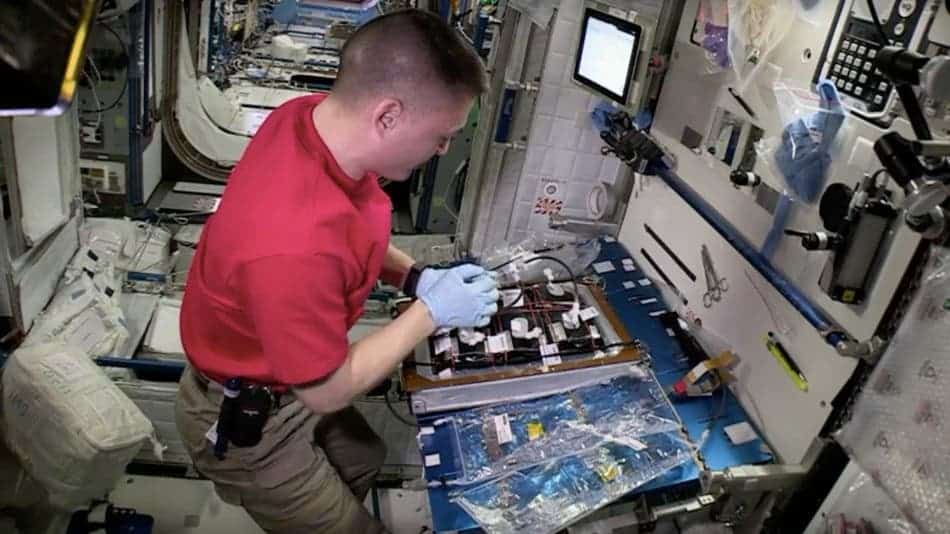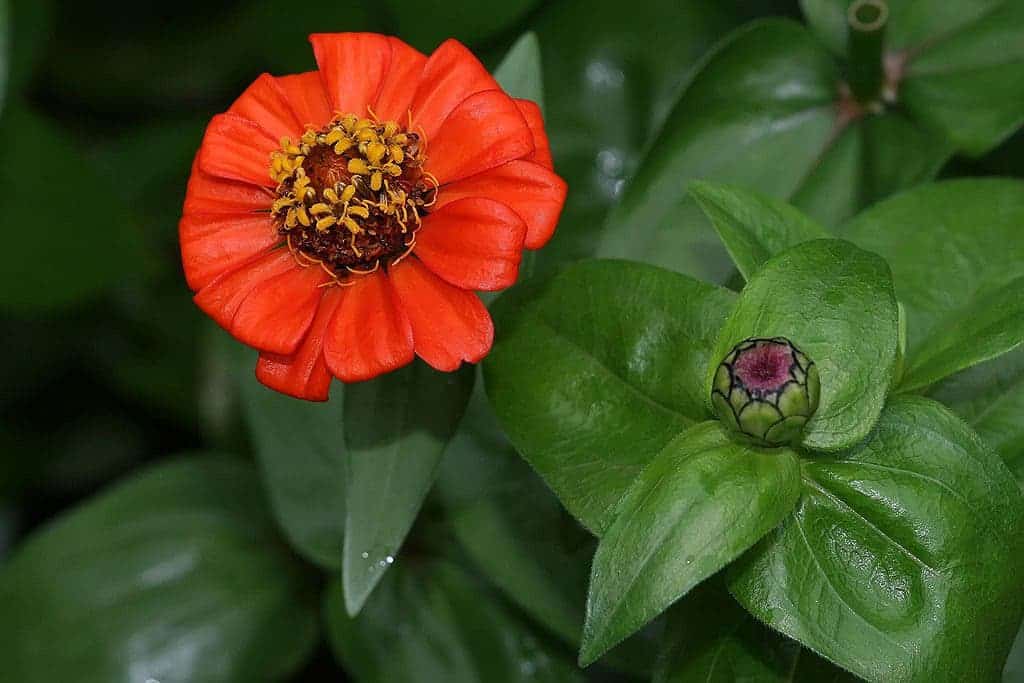For the first time, we are about to grow flowers above the atmosphere.

It could be a blooming start on the International Space Station (ISS), as NASA astronaut and Space Station crew member Kjell Lindgren set up a plant growth experiment Monday; the flowers are set to bloom in early 2016.
The experiment is part of a larger experiment, in which astronauts grow vegetables and other types of plants. This kind of research is vital if we want to travel to more distant places and cultivate our own food, without supplies from Earth. So far, the program has been growing quite good – not only have they grown the plants, but they also ate them, and they tasted quite good.
“Growing a flowering crop is more challenging than growing a vegetative crop such as lettuce,” Gioia Massa, a NASA scientist working with Veggie said in a statement. “Lighting and other environmental parameters are more critical.”
Also, on the more scientific side, researchers want to find out more about how flowering plants grow in microgravity; we still don’t have a good enough understanding about how roots grow and how pollen behaves in microgravity. Also, it will be interesting to see the effect they have on crew morale. Earlier experiments have suggested that growing plants can have a significant positive effect on their mental health.
“Plants have a profound psychological value for people in space, and you expect them to have some psychological value, but generally the value is greater than you might think,” plant scientist Bruce Bugbee told Mashable in an interview in October.

In order to ensure that the flowers will grow properly, Lindgren will use red, green and blue LEDs and feed and water the plants, and after about 60 days, we should see the plants blooming. The flowers they decided upon are zinnias, from the daisy family. Zinnias are not pretentious, they come in a high variety of colors, and they are notable for their long-stemmed flowers.
Was this helpful?



